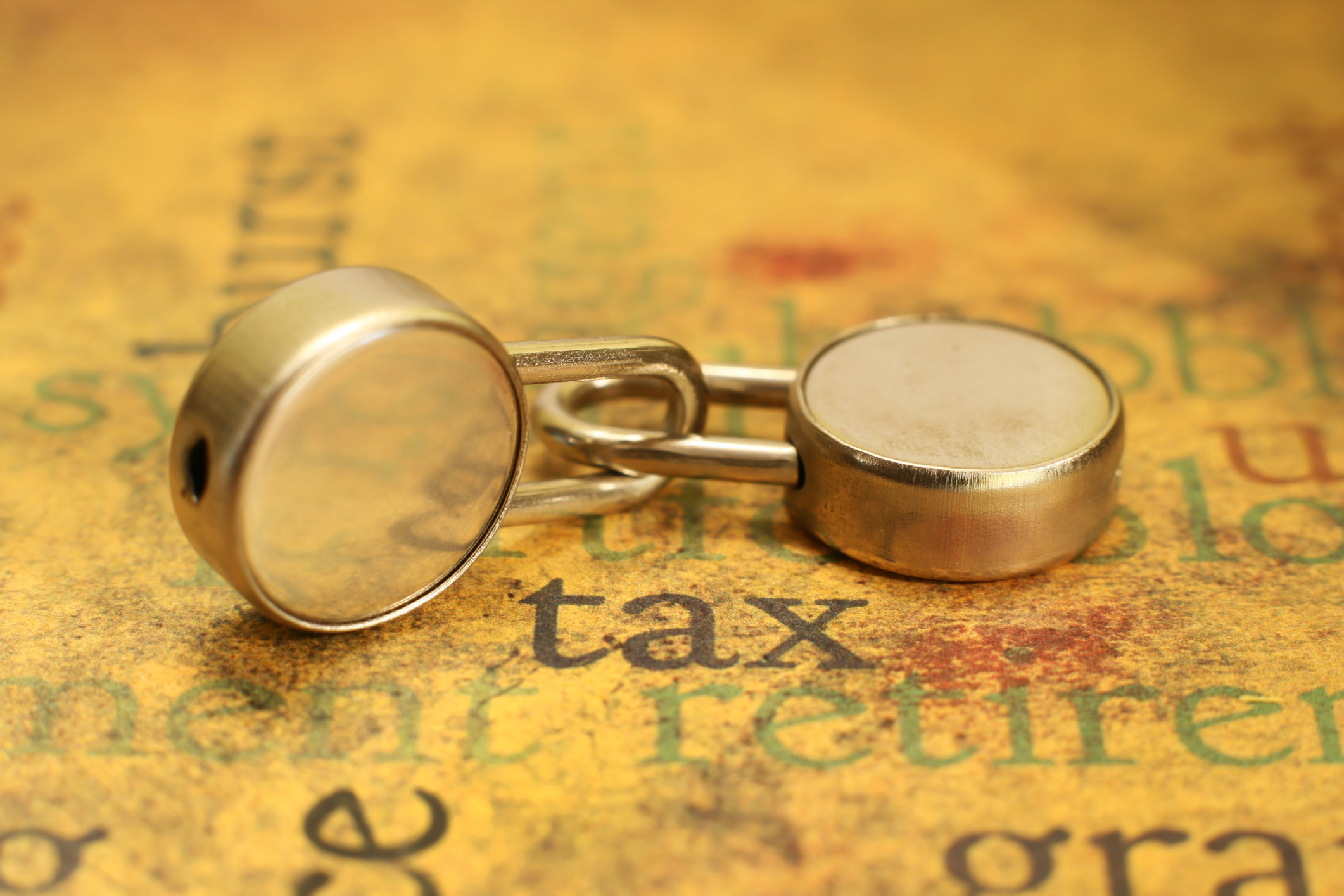Is the Corporate Tax Rate Really Hurting the Economy at 35%?
April 9, 2014 by Cgblaine22
That doesn’t tell the entire picture, however. When you take out research-and-development tax credits, deductions for income taxes paid in other countries and a host of other deductions and credits, the effective rate comes out closer to 27.7%. The new figure is roughly in line with tax rates in other countries, according to the Organization for Economic Cooperation and Development (OECD).
The current statutory 35% top rate is bad and should be cut to, say, 25%, many economists say. The current rate discourages foreign companies from making big investments in the United States unless they have to. Toyota Motor Co. (NYSE: TM) and Mercedes-Benz manufacturer Daimler have sizable U.S. investments in U.S. plants and distribution facilities because they want to be here. Taxes aside, the United States is still the biggest market.
ALSO READ: Five Big Tax Myths — Who Pays What
At the same time, tax-cut proponents say that the high tax rate pushes U.S. companies to move more of their investment spending outside the United States. Cisco Systems Inc. (NASDAQ: CSCO) routinely books billions of profits annually through subsidiaries in Switzerland, the Netherlands and Bermuda. CEO John Chambers has hinted at moving jobs out of the country unless the tax problem is fixed.
Plus, and this is important, companies that earn big profits overseas do not like to bring the money home because it is subjected to U.S. corporate income taxes. This repatriation can end up being a double taxation. We have identified the companies paying the most and least in taxes.
As of December 31, Apple Inc. (NASDAQ: AAPL) was sitting on a cash hoard of some $158.8 billion. Of that, according to Apple’s fiscal first-quarter report, $124.4 billion was parked outside the United States. It is not clear what Apple is doing with all that money. It estimates $11 billion in capital spending in fiscal 2014 and it can fund its dividend and interest payments on its debt from domestic profits. Does this make any sense?
Is the high rate actually hurting the economy? Maybe.
The conventional wisdom is that the cost is borne by shareholders. There is some research suggesting 20% is paid for by workers because managements offset tax payments with lower wages. Others say it could be as much as 50% because taxes get passed onto consumers in pricing decisions. That is not always the case, especially when competition is intense. Plus, employment opportunities are often deferred or simply never realized.
The Economic Policy Institute disagrees. The top corporate tax rate was 52% during the Eisenhower years, and the U.S. economy boomed. There is little relationship with the statutory corporate tax rate or even the effective tax rate and overall economic growth, chief economist Thomas Hungerford has written.
ALSO READ: States With the Highest (and Lowest) Taxes
Let’s accept that capital is a global commodity and can and will migrate to low-cost countries like, say, Switzerland, which has a top rate of about 18%, or Ireland, with a 12.5% corporate tax rate that has been in place for years.
That is all bad for the United States. You can cut the rate and cut taxes on repatriated profits, but some may argue that this would push the deficit higher. A better solution, economist Laura Tyson has argued, would be to offset a cut in the corporate tax rate with a boost in the tax rate on dividends and capital gains, now close to historic lows. Half of those dividends and capital gains go to pension funds, retirement plans and nonprofits and are not taxed anyway.
Could such an idea happen? Most likely not this year. And Apple’s big cash hoard will keep on growing.
Essential Tips for Investing: Sponsored
A financial advisor can help you understand the advantages and disadvantages of investment properties. Finding a qualified financial advisor doesn’t have to be hard. SmartAsset’s free tool matches you with up to three financial advisors who serve your area, and you can interview your advisor matches at no cost to decide which one is right for you. If you’re ready to find an advisor who can help you achieve your financial goals, get started now.
Investing in real estate can diversify your portfolio. But expanding your horizons may add additional costs. If you’re an investor looking to minimize expenses, consider checking out online brokerages. They often offer low investment fees, helping you maximize your profit.